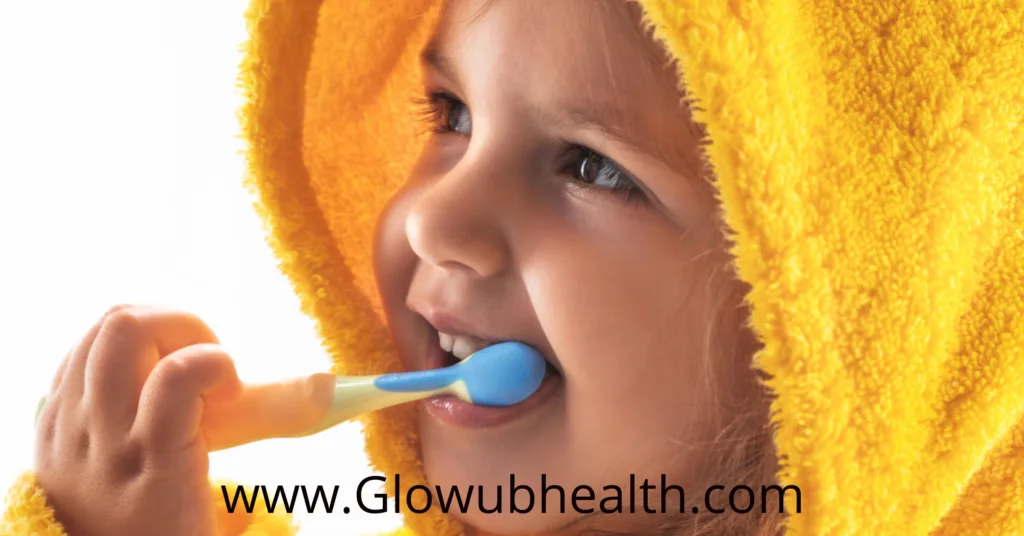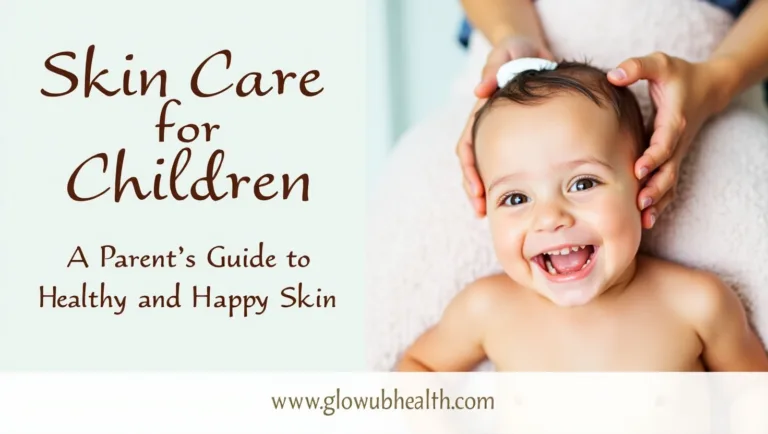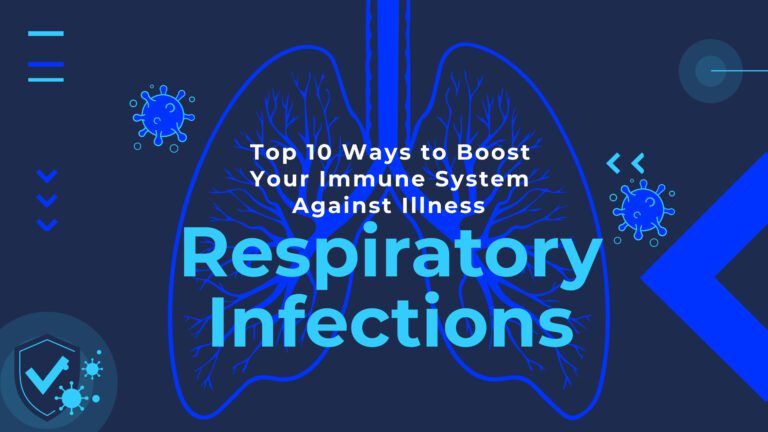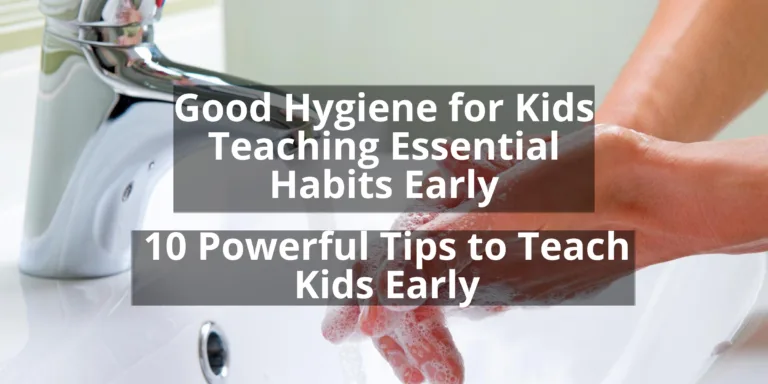How to Improve Oral Hygiene for Kids ? : A Parent’s Ultimate Guide
As a parent, ensuring your child maintains good oral hygiene is one of the most important steps you can take for their long-term health. Proper oral care not only helps prevent cavities and gum disease but also sets the foundation for a lifetime of healthy smiles. However, teaching kids the importance of brushing, flossing, and maintaining good habits can sometimes feel like a challenge.
In this guide, we’ll explore practical tips, fun strategies, and key steps on how to improve oral hygiene for kids, making dental care both easy and enjoyable for your little ones. Let’s dive into the essentials of basic oral hygiene for kids and the importance of starting these habits early.
This article is for informational purposes only and does not constitute dental or medical advice. Always consult with a pediatric dentist or healthcare provider to ensure the best oral hygiene practices for your child, especially if your child has any specific dental concerns or conditions.

The Importance of Oral Hygiene for Kids
When it comes to children, good oral hygiene is crucial for several reasons:
- Prevention of Cavities and Tooth Decay: Kids are more susceptible to cavities because of sugary diets and irregular brushing habits. Teaching children the basics of oral hygiene can reduce the likelihood of dental problems in the future.
- Healthy Gums: Early oral care habits help prevent gum disease, which is a common issue that can lead to more serious health concerns later on.
- Establishing Healthy Habits: When oral hygiene is established at a young age, it fosters lifelong dental habits that continue into adulthood. This sets children up for a lifetime of better health outcomes.
According to the American Academy of Pediatric Dentistry, children should visit a dentist by their first birthday to ensure the best possible start for oral hygiene. Regular check-ups and professional cleanings play a role in prevention, but proper at-home care remains a vital part of the equation.
How to Improve Oral Hygiene for Kids ?
Proper oral hygiene for kids doesn’t have to be complicated, but it does require consistent effort. Here’s how to get started:
1) Start Early: Begin Care as Soon as Teeth Appear
You can begin caring for your child’s oral health even before they have teeth. Use a soft, damp cloth to gently wipe your baby’s gums after feedings. This simple step helps to remove bacteria and promotes early habits.
Once the first tooth appears, it’s time to start brushing. Use a soft, age-appropriate toothbrush and a tiny smear of fluoride toothpaste (about the size of a grain of rice). At this early stage, the brushing is more about developing the habit rather than cleaning.
2) Brush Twice a Day
Kids should brush their teeth at least twice a day — once in the morning and once before bed. Nighttime brushing is particularly important because it removes food particles and plaque that can accumulate overnight.
Parents should supervise their child’s brushing until they are old enough to do it on their own (typically around age 7). Make brushing a fun, interactive experience, and keep the process lighthearted. Use a timer, sing a song, or let your child choose their toothpaste flavor to keep them engaged.
3) Use the Right Toothbrush
A toothbrush with soft bristles is ideal for children, as it’s gentle on their gums and teeth. Ensure that the toothbrush is the appropriate size for their mouth to make brushing easier and more effective.

4) Teach Proper Technique
Teaching the correct brushing technique early on can prevent long-term dental issues. Parents should demonstrate brushing techniques and guide their kids:
- Hold the toothbrush at a 45-degree angle to the gums.
- Use gentle, circular motions to clean the teeth and gums.
- Make sure to brush the tongue as well to remove bacteria.
5) Flossing: Don’t Skip It
Flossing is an essential part of oral hygiene for kids but is often overlooked. Children’s teeth can be closely spaced, and flossing helps to remove plaque and food particles between the teeth. Start flossing when your child’s teeth begin to touch, typically around age 2 or 3. By age 6 or 7, they may be able to floss independently with supervision.
Basic Oral Hygiene for Kids: Establishing a Routine

Establishing a consistent oral hygiene routine early on helps kids understand that brushing and flossing are part of their daily life. Here’s how you can build a routine that sticks:
1) Create a Fun Tooth Care Routine
Turning oral hygiene into a fun and rewarding activity encourages kids to develop a positive relationship with dental care. Try these tips to make it more enjoyable:
- Use Toothbrushes with Fun Characters: Bright colors and characters like superheroes or princesses can make brushing more appealing.
- Sing Brushing Songs: There are many songs available online that last two minutes — the recommended brushing time — helping your child stay engaged while brushing.
- Give Rewards: Use a sticker chart or a small incentive system for brushing without resistance.
2) Consistency is Key
Children thrive on routine, and the more consistent you are with their oral hygiene routine, the more likely they will embrace it. Make brushing a non-negotiable part of your child’s daily schedule, and always follow up with flossing. Eventually, these habits will become ingrained.
3) Regular Dentist Visits
Starting dental visits early — ideally before age one — helps children develop a comfort level with the dentist. Regular visits every six months will keep their teeth and gums healthy, allow the dentist to spot potential problems, and reinforce the importance of oral hygiene.
Tips for Promoting Healthy Oral Hygiene for Kids
Encouraging kids to adopt healthy oral hygiene habits requires some effort and creativity. Here are a few strategies:
1) Encourage Healthy Eating
Diet plays a significant role in oral health. Encourage your child to eat foods that promote strong teeth and gums, such as:
- Fruits and Vegetables: These are rich in fiber and help cleanse teeth naturally.
- Calcium-Rich Foods: Dairy products, leafy greens, and fortified foods are great for strengthening teeth.
- Limit Sugary Snacks: Reducing the frequency of sugary foods and drinks helps prevent cavities.
2) Hydrate with Water
Water is the best drink for maintaining oral hygiene, as it helps rinse away food particles and bacteria. Avoid sugary drinks like sodas or juices, as they increase the risk of cavities and tooth decay.
3) Model Good Habits
Kids often imitate their parents. Show your child that oral hygiene is a priority by brushing and flossing your teeth together. This demonstrates that dental care is a lifelong practice.
Common Dental Problems in Kids
While regular brushing, flossing, and dental check-ups are important, it’s also crucial for parents to understand common dental issues that may arise in children:
1) Cavities
Cavities are one of the most common dental issues in children. Left untreated, cavities can cause pain, infection, and the need for extensive dental procedures. Prevent cavities by:
- Teaching kids to brush properly.
- Reducing their intake of sugary foods and drinks.
- Ensuring fluoride exposure through toothpaste and/or community water supplies.
2) Tooth Sensitivity
Sometimes, children experience tooth sensitivity, particularly after eating cold or sweet foods. This is often a temporary condition but should be evaluated by a dentist if it persists.
3) Teeth Grinding
Some kids grind their teeth at night, which can lead to tooth damage. If you notice signs of teeth grinding, consult your dentist for possible solutions like mouthguards.
Conclusion: A Bright Smile for Life
Oral hygiene for kids sets the foundation for a lifetime of healthy smiles. By instilling good habits early, parents can prevent dental issues and ensure their children enjoy good oral health. Remember, consistency, patience, and encouragement are the keys to success. With proper care, your child will develop habits that will benefit them for years to come.
FAQ
1. At what age should I start brushing my child’s teeth?
You should begin brushing your child’s teeth as soon as their first tooth appears, usually around 6 months old. Use a soft-bristled toothbrush and a small amount of fluoride toothpaste (about the size of a grain of rice). Before teeth come in, gently wipe your baby’s gums with a clean, damp cloth.
2. How can I make brushing fun for my child?
Making brushing fun can help motivate your child to maintain good oral hygiene. Try using a toothbrush with their favorite character or color. Sing songs, set a timer for the recommended two-minute brushing time, and offer small rewards for consistent brushing. Engaging your child with interactive dental games or brushing together as a family can also make the experience more enjoyable.
3. What should I do if my child refuses to brush their teeth?
It’s common for children to resist brushing, especially when they are younger. Stay calm and consistent. Offer choices, like selecting their own toothpaste or toothbrush, to give them a sense of control. Use positive reinforcement, such as stickers or praise, when they brush without complaint. If resistance persists, consult your pediatric dentist for additional tips.
4. When should my child start flossing?
Once your child’s teeth begin to touch each other, typically around age 2 or 3, it’s time to start flossing. Initially, you should help your child floss, but by age 6 or 7, they may be able to floss on their own with supervision. Flossing helps remove plaque and food particles between teeth that a toothbrush can’t reach.
5. How often should my child see a dentist?
The American Academy of Pediatric Dentistry recommends that children have their first dental visit by their first birthday. After that, regular dental check-ups should be scheduled every six months to ensure good oral health and address any potential issues early.
6. What foods should I avoid to prevent cavities in my child?
To help prevent cavities, limit sugary foods and drinks, such as soda, candy, and sugary snacks. Instead, encourage your child to eat nutritious foods like fruits, vegetables, and dairy products that support dental health. Water is the best beverage for maintaining a healthy mouth.
7. What if my child is afraid of the dentist?
Dental anxiety is common among young children. To help ease their fears, prepare them in advance by reading books about going to the dentist or watching videos. Remain calm and positive during the visit, and choose a pediatric dentist who is experienced in working with children. Make the first visit a positive, low-stress experience.
8. Can thumb-sucking affect my child’s dental health?
Thumb-sucking can affect the alignment of your child’s teeth and may lead to issues with their bite if it continues beyond the age of 4 or 5. If thumb-sucking becomes a concern, talk to your pediatric dentist for advice on how to help your child stop this habit.
9. Should I use fluoride toothpaste for my child?
Yes, fluoride toothpaste is important for preventing cavities and strengthening tooth enamel. However, be sure to use only a small, pea-sized amount for children over age 2. Always supervise your child while brushing to make sure they don’t swallow the toothpaste.
10. What are the signs of a dental problem in kids?
Watch for signs such as persistent bad breath, difficulty eating, swollen or bleeding gums, or tooth pain. If your child experiences any of these issues, contact their dentist as soon as possible to prevent further complications.
Maintaining excellent oral hygiene for kids is crucial for their overall health. By following these tips, starting early, and staying consistent, you’ll help your child build a foundation of good habits that will last a lifetime.






